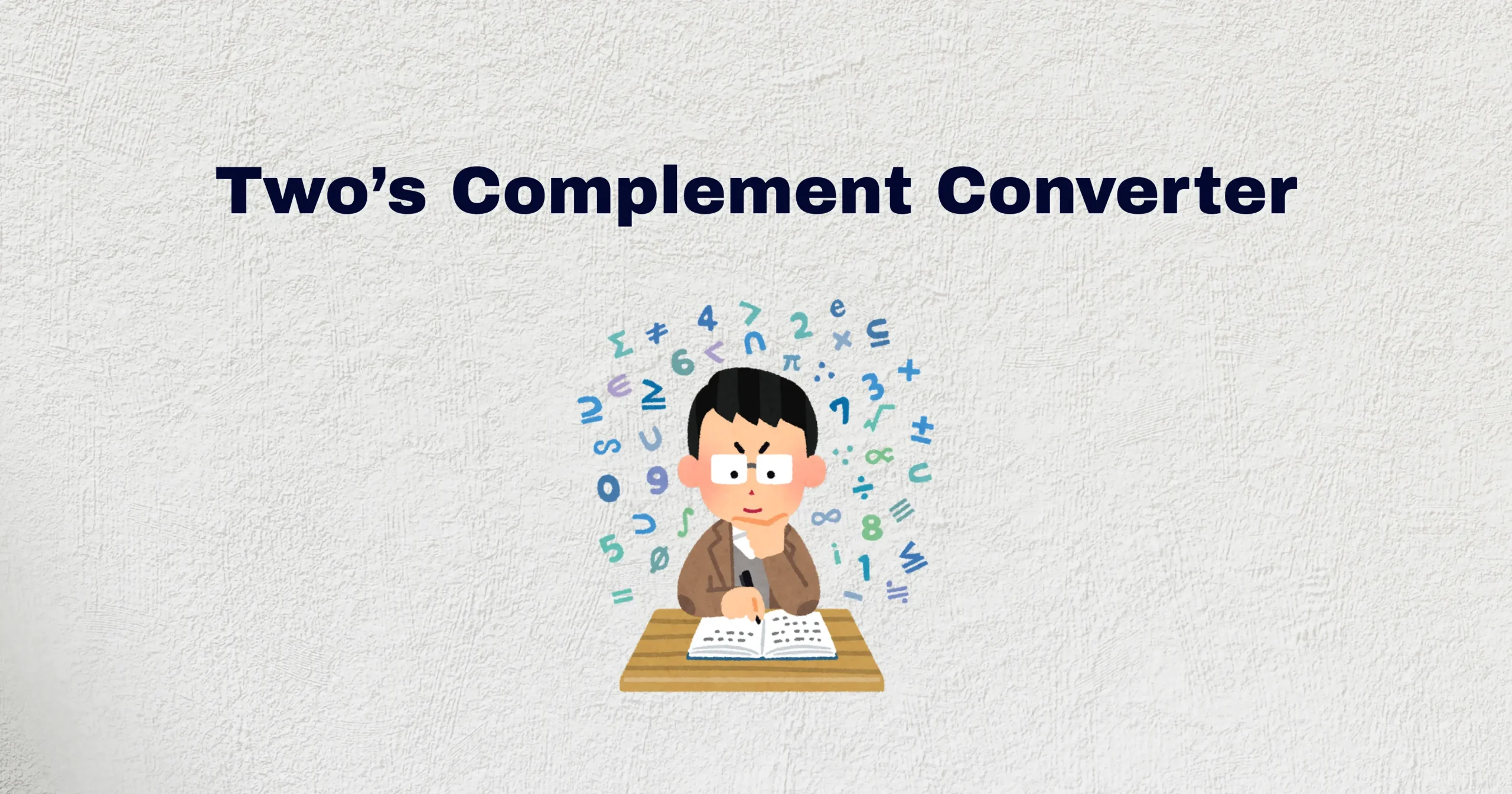Working with binary numbers often requires converting between two’s complement representation and decimal. A Two’s Complement Converter makes this process simple and error-free. Instead of manually flipping bits, adding 1, and checking signs, you can instantly get accurate results.
What Is Two’s Complement?
Two’s complement is the standard way computers represent signed integers (both positive and negative) in binary. It solves issues found in older methods like signed bit and one’s complement.
- Positive numbers: Stored as normal binary.
- Negative numbers: Stored using the “invert and add 1” rule.
This makes arithmetic and conversion straightforward.
Why Do You Need a Two’s Complement Converter?
While you can convert numbers manually, it’s easy to make mistakes. A converter tool helps by:
- Quickly converting binary → decimal (two’s complement to decimal).
- Converting decimal → binary in two’s complement form.
- Checking for overflow in given bit sizes (4-bit, 8-bit, 16-bit, etc.).
- Saving time in digital electronics, programming, and exam preparation.
You can also check out our Two’s Complement Calculator for instant conversions.
How to Convert Two’s Complement Manually
If you don’t have a converter, here’s the step-by-step method:
- Check the sign bit (first bit):
- 0 → Positive (convert directly to decimal).
- 1 → Negative (follow steps below).
- 0 → Positive (convert directly to decimal).
- If negative:
- Invert all bits.
- Add 1 to the result.
- Convert to decimal.
- Add a minus sign.
- Invert all bits.
Example 1: Convert 8-bit 11111010 to decimal
- Sign bit = 1 → negative number.
- Invert: 00000101
- Add 1: 00000110 = 6
- Decimal = −6
Example 2: Convert 8-bit 00001101 to decimal
- Sign bit = 0 → positive.
- Decimal = 13
Benefits of Using a Converter
- Accuracy: No human error in flipping bits.
- Speed: Instant conversion, useful for large numbers.
- Learning aid: See step-by-step how binary is converted to decimal.
- Exam prep: Quickly solve digital logic or GATE PYQs.
Two’s Complement Converter vs. Manual Conversion
| Feature | Manual Conversion | Converter Tool |
| Time taken | Slow | Instant |
| Error chance | High | Zero |
| Step-by-step explanation | Yes | Yes (if tool supports) |
| Handles large numbers | Difficult | Easy |
Applications of a Two’s Complement Converter
- Computer Architecture: For signed integer representation.
- Programming: Converting binary to decimal in low-level coding.
- Digital Electronics: Designing circuits with signed numbers.
- Competitive Exams (GATE, CS, EE): Quick binary-to-decimal practice.
Final Thoughts
A Two’s Complement Converter is an essential tool for students, programmers, and engineers. It saves time, reduces errors, and makes binary-decimal conversions effortless.

Leave a Reply